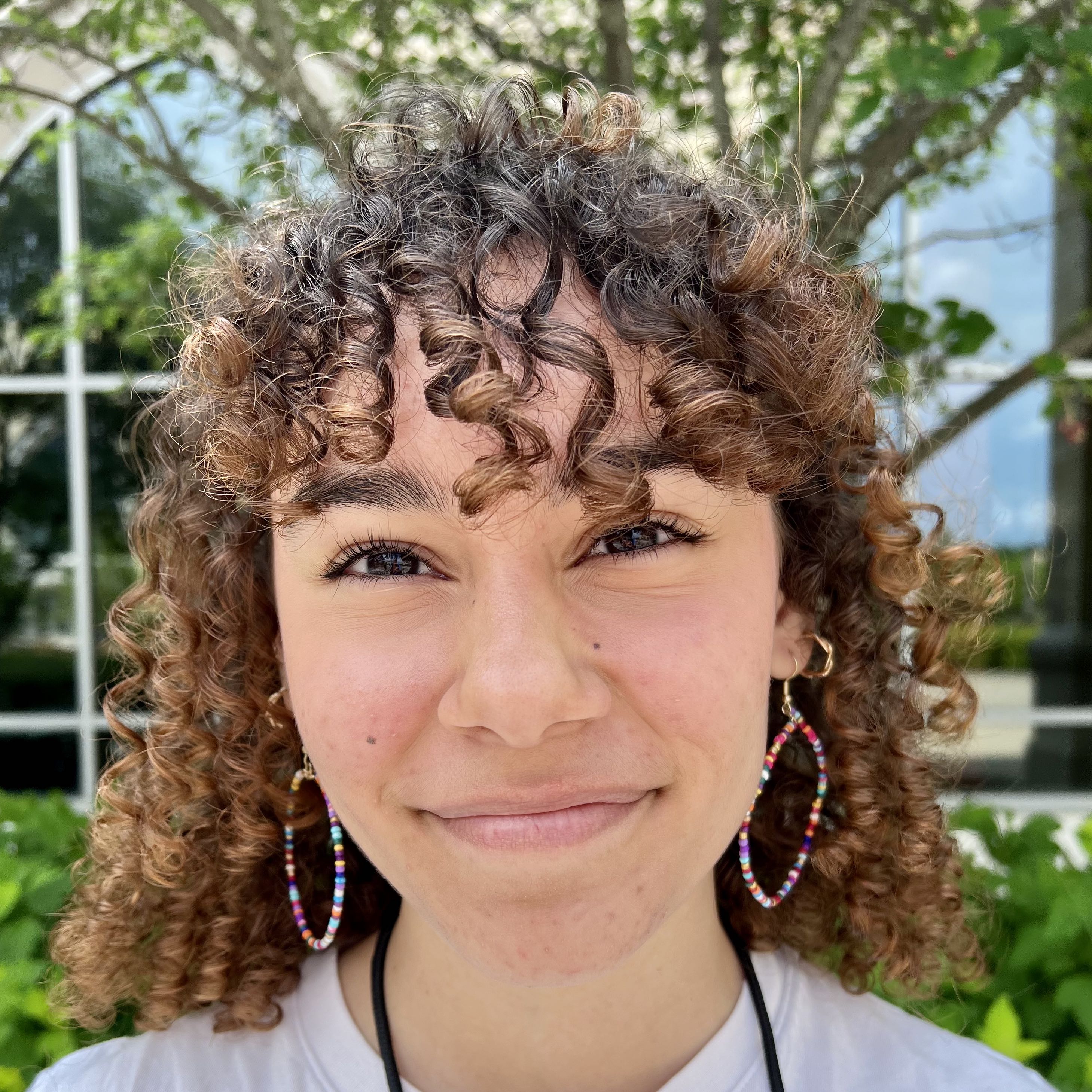
If I close my eyes, I can still remember it. The dining room table in the duplex in Northeast Minneapolis I lived in close to 14 years ago. The memories are blurred, mostly made of pictures and stories shared with me later on by my mother. When I was small, no more than 2 or 3 years old, I gathered paper and a marker on that table and drew my very first attempt at a girl. She was incredibly simple, consisting of two shapes: a circle head on a triangle dress. I was enormously proud. I had started something I would take with me for the rest of my life – art. Every day after that, I’d sit at the same table with my Crayola markers and redraw the girl, adding different details each time. She gradually gained arms and legs, then a face. I painted over her in different colors. Eventually I stopped, only picking up drawing later in life after each copy of the girl was gone. I was so caught up in my own experiences, and only now do I realize how similar we are. With each feature added she became closer to being finished, as did I.
Just like my childhood drawing, I started out simple. But then, like most art, it got messy. When I was 2 years old, my mother divorced my father. I never saw him again. The change added to the drawing of me, painting me in deep reds and blues that blurred over time like an old tattoo. Still there, yet drowned in my memory.
But the dark colors made me grow. At 11 years old, I developed an anxiety disorder that I’ve struggled to manage for years. I couldn’t sleep, couldn’t think straight. It was a black and gray ocean, washing over me until I couldn’t draw a breath. But with each dark brushstroke, there’s balance with a gentler color, as in all good and contrasting art. A lot of my memories were good, like meeting close friends for the first time, jumping into the lake by my cabin fully clothed, or thunderstorms where I’d gotten caught in the rain. Each new lesson was a layer on my canvas, but my drawing was far from finished. I learned over time how to empathize with people and love them better, and beams of light were painted over my drawing in orange-yellow streaks.
In November 2022, that light dimmed. The cancer of a longtime friend of mine, someone I’d known since I was less than a year old, had come back. This was the second time her disease had returned, and the doctors couldn’t save her. The color blue flooded the drawing of myself when the girl I’d played with before we could walk — the girl I’d fought, loved, told my secrets to — was gone. Her empty place in our friend group caused it to fall apart, and I lost touch with nearly all of my middle school friends. The color her death painted me is still there.
Though now I’m spending less time creating visual art, I’m still painting myself with new experiences. It’s both a blessing and a curse to relate to artwork. It’s never quite finished, like me, always being added to with brushstrokes of memories and new people. I’m a canvas, with a palette of future colors I’d like to use, and I’ll utilize my further education to decide which ones to paint with. I’m just like my first drawing, still two shapes under layers of memories and colors. And after every painting and every sketchbook filled, my greatest creation is still me.
